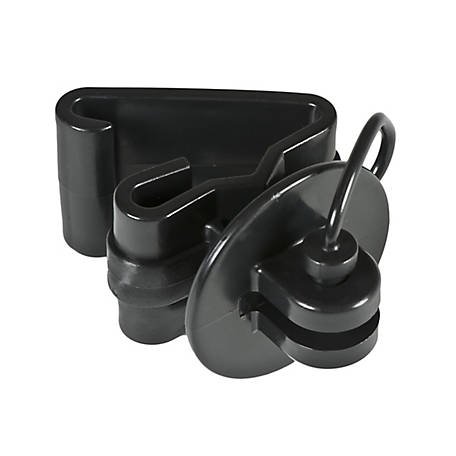Goal Description:
We have been homesteading for a while now and have realized that our fencing isn’t sufficient. We started out using T-posts and light gauge wire. Unfortunately young calves quickly learn that they can run through it and snap the wire before it can zap them. Over the last couple years the T-posts in the corners have gotten really bent and weakened the whole fence. So this year we will be redoing all our fencing.
Our new fence design uses 5” cedar corner posts with 3 inch horizontal braces and high tensile wire for diagonal support. We are using 3 strands of 12.5 gauge high tensile wire and two additional strands of poly wire at the bottom for the pigs and chickens. We are avoiding field fencing because it is so hard to keep the weeds & trees out of it. With this setup we can remove the bottom two wires and run the lawn mower under the edge to clean it up.
Each corner used three 5” posts and two 3” posts. We also needed 2 additional 5” posts and a horizontal post for each gate opening. We put these 3ft into the ground and have 5 ft above ground.
Here is a basic post hole digger. If you have a lot of posts to do it might make sense to use a powered digger.
You can also use 10” 3/8” bolts for the brace pins to save some cash. Be sure to get the zinc coated or galvanized ones.
You want to pound the posts in 1.5-2ft. We want at least a 5ft fence so our posts need to be 6.5-7ft long. Since our soil is sandy or marshy we use 7ft posts in most of the pastures and pound it in around 2ft. The advantage of a high tensile fence is you only need to a T-post every 30-40ft rather than every 7-8ft like we did before.
This fence post pounder is basic but it can can handle just about everything you need on the homestead.
We decided to get the 12.5 gauge wire for the top 3 strands of our new fence. You definitely need to get a good quality wire reel for this heavy duty wire.
The first spinning jenny I purchased didn’t have a tensioner and it used spinable hooks for holding the wire in. They constantly turned the wrong way and released the wire. Without the tensioner it also would free wheel and made quite a mess.
This crimper can also cut the high tensile wire. It is super strong and can crimp cables or the fencing. It is working great on the farm.
We will be installing the tensioner spring on the second wire from the top since this one will have the greatest risk of breaking.
We needed a heavy duty tensioner for the 12.5 gauge wire. We selected the one with the metal plate locking mechanism rather than the wire loop mechanism. It feels a lot tougher. We use two of these for bracing each corner and 1 at the beginning of each high tensile wire.
This tensioner handle works with several brands of these tensioners. Rather handy if you need to get them from another source.
We are going with the thin poly wire for the lower two strands. We expect to roll this up twice a year to deal with the weeds and the thinner poly wire will be easier to put back on a reel.
This joins sections of poly wire together. Some places are rather expensive for such a simple part. Valley Vet is reasonably priced. If you will be leaving the wire up permanently you can probably just tie a couple knots to join them to save cash. Since we will be removing the bottom strands occasionally we will need an easy way to disconnect them.
We use this to turn on or off different sections of fencing. Especially the bottom two wires that are most likely to short out.
This is an important addition for running wires under gates or gaps. Not every setup will need it but it is handy.
This is mainly helpful at the corners where the wire might touch the brace wire and short out. It can also be used to attach to the end posts.
All fencing wire will stretch over time so this time we are including a tensioner for both the polywire and high tensile.
This pin lock insulator can be used with wood or metal t-posts. I will just be using it on the wood posts. Two reasons I like these. First I can replace the insulators and put the wires in them without needing to loosen the wire and also it works with poly wire or high tensile.
Even though the wood post insulator can also work with the metal posts This one holds on a lot better.
I started off using plastic corner insulators but they don’t last as long as I would like with the high tensile fencing. This year we are upgrading to ceramic corner insulators.
Note: When you click links to various merchants on this site and make a purchase, this can result in this site earning a commission.





















